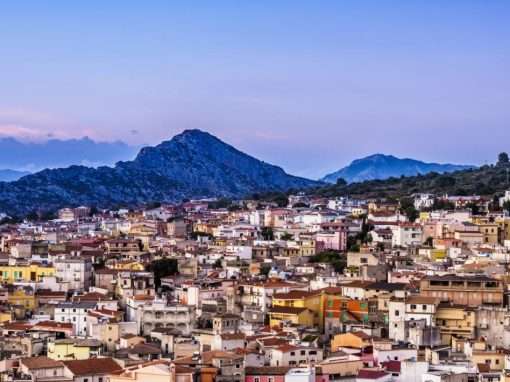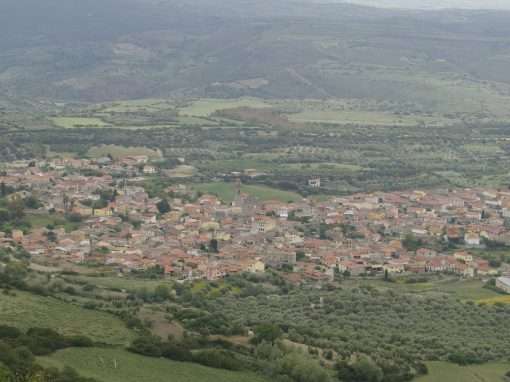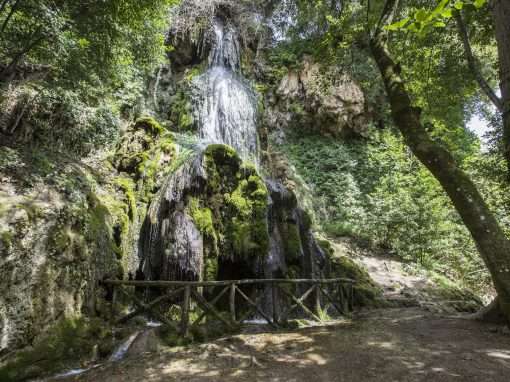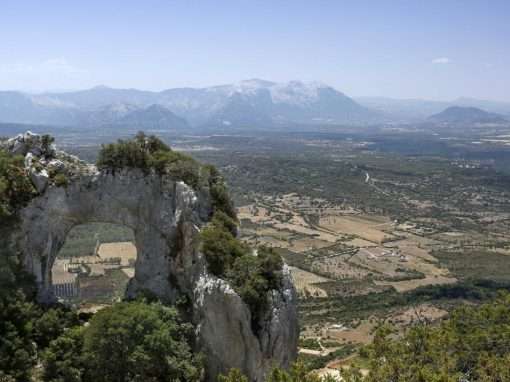Cradle of ancestral traditions and a paradise for excursions surrounded by the Supramonte scenery, it lies on the slopes of Mount Lisorgoni, in the heart of Barbagia. Orgosolo reveals a deep bond with its roots and with the customs and traditions of the past: it is the homeland of the Canto a Tenore (typical polyphonic folk singing) and is famous throughout the world as the village of murals. The village is an ‘open-air museum’ that tells us about history, culture, popular struggles and daily life in dozens and dozens of paintings, the work of local and international artists, that adorn the narrow streets, squares and façades of houses and is the legacy of the intellectual ferment that began in the mid-twentieth century and still lives on. Around the town, the Supramonte of Orgosolo landscapes stand out with a wild beauty in a place where deep gorges, caves, limestone buttes, inaccessible peaks and the forest of Montes alternate with each other, along with masterpieces of nature, like Su Suercone and the canyon of Gorropu, as well as an infinity of legacies from the distant past: domus de Janas, Tombs of Giants and nuraghi. Women are the protagonists of the Orgolese community, as the holders of archaic knowledge and moral strength, like the Blessed Antonia Mesina, who died a martyr at the age of sixteen. Her body is wrapped in the striking traditional local dress, her face is covered by su lionzu, a refined silk headdress made by the silkworms bred in this area, while the weft is coloured with saffron.
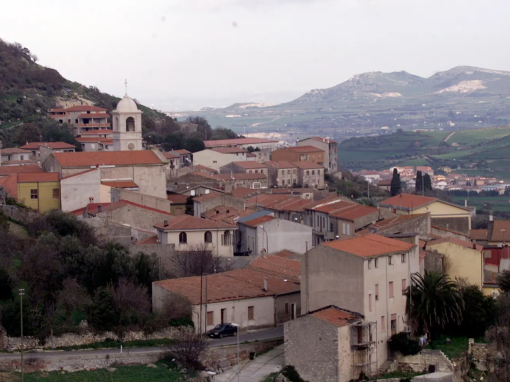
BORUTTA
It stretches along a valley on the slopes of Mount Pelao, amid nuraghi and domus de Janas, with a cave next to it, the Grotta Ulari, inhabited by man since the Late Neolithic period, which gave its name to the town. In Borutta, there are thousand-year-old traces of its history and its long religious tradition, dating back to the 12th century, with the building of what was then the Cathedral ...



